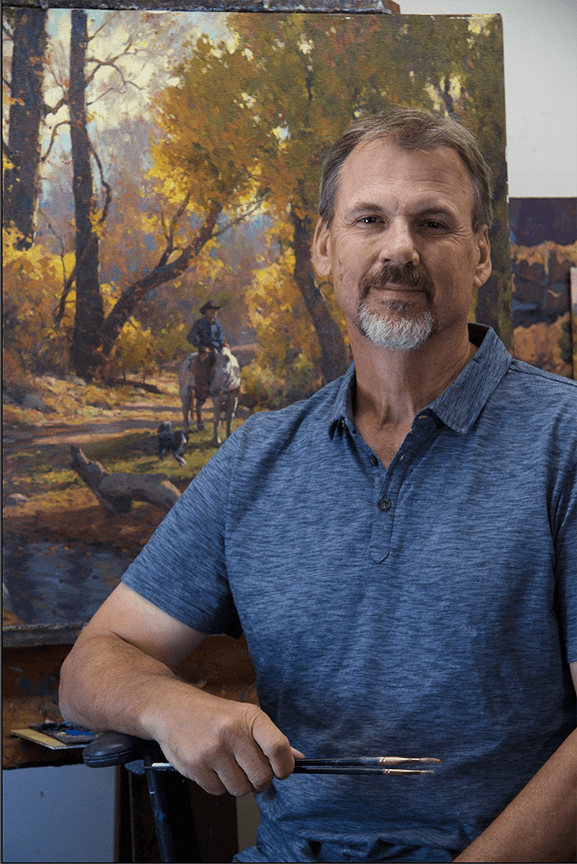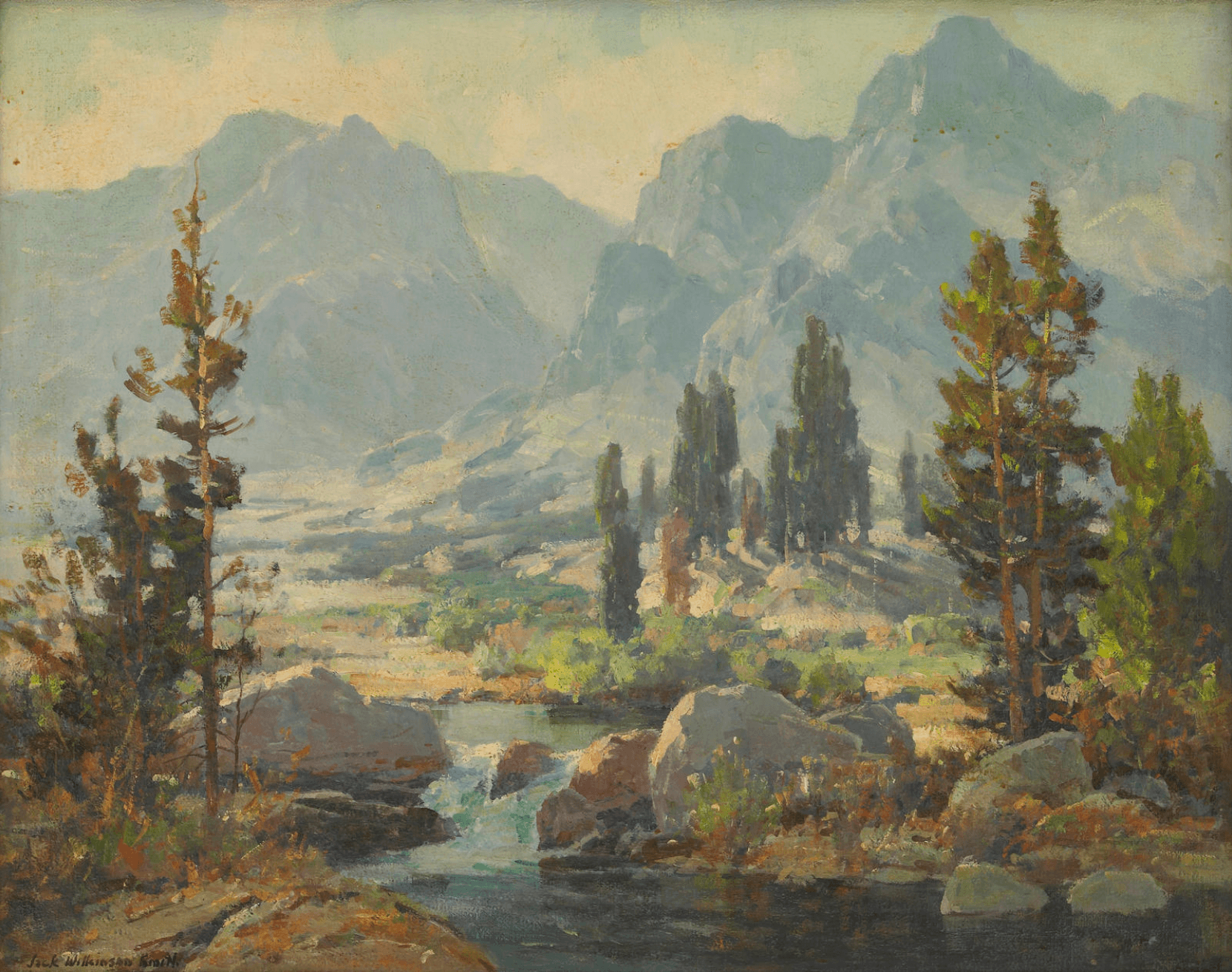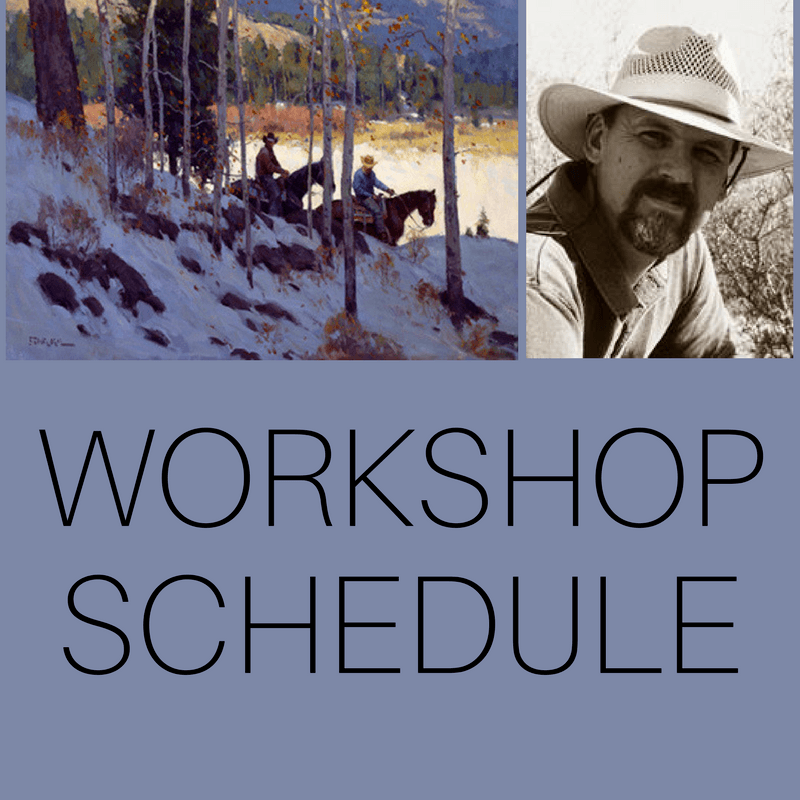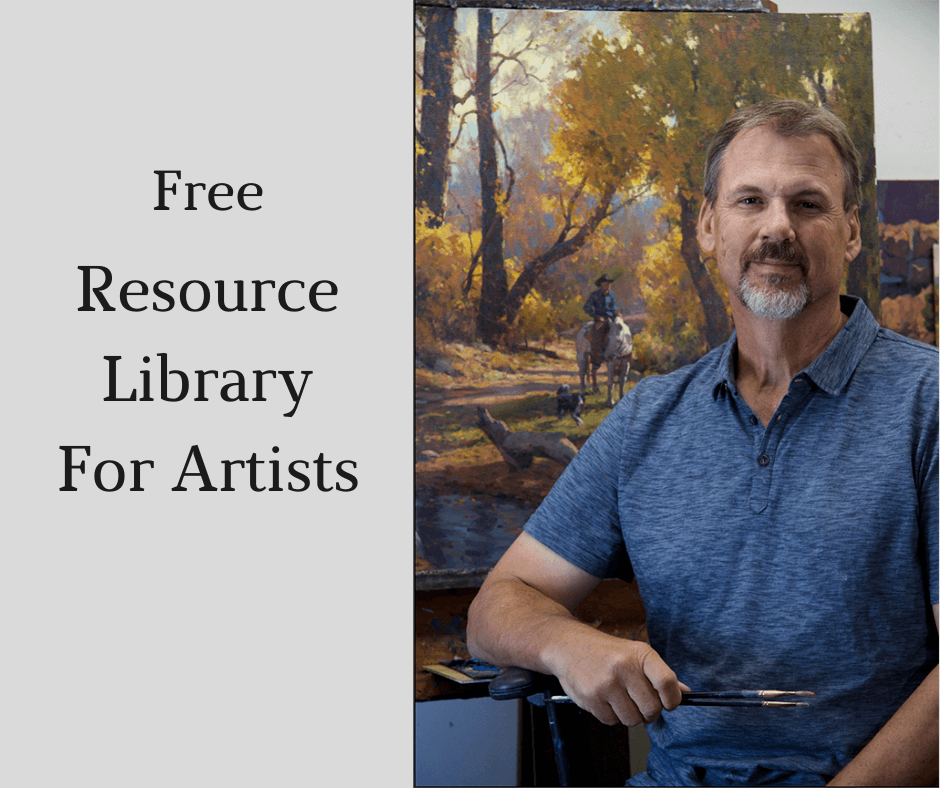Phil Starke Studio Newsletter - February 2020
Phil Starke is a professional fine artist with prestigious gallery representation, participates in national museum exhibitions, and teaches workshops and online fine art courses.

February 2020

This month I taught my annual workshop at Tubac, AZ for Scottsdale Artist’s School. It was good to paint the Santa Rita Mountains again. Southern Arizona is a difficult landscape to paint but it’s a good place to learn to “see” as an artist and simplify shapes. It’s also the best place to paint outside in February.
- IMAGE 1
- IMAGE 2
- IMAGE 3

Click image to enlarge
While I was back in Tucson I was also able to attend the Miniature Show at Settlers West Gallery. It was a good show, great crowd, and it was good to see everyone. You can see one of the paintings I had in the show below. It's the one with the yellow trees.
- IMAGE 1

Click image to enlarge
ARTIST AT A GLANCE
Jack Wilkinson Smith (1873 - 1949)
Born in Paterson, New Jersey on Feb. 7, 1873, Jack Wilkinson Smith inherited his interest in art from his father who painted some of the decorations in the Capitol Building in Albany, NY. While in his teens, he studied at the Art Institute of Chicago and was apprenticed to artist Gardner Symons in Chicago. He later worked as a commercial artist in Lexington, KY and went on to become a sketch artist with the Cincinnati Enquirer.
While in Cincinnati, he studied at the Art Academy under Frank Duveneck. During the Spanish-American War, his front-line sketches brought him national renown. In 1906 he settled in Alhambra, CA and established a studio-home in the eucalyptus grove called "Artists Alley" where his neighbors included Eli Harvey, Frank Tenney Johnson, and summer-resident Norman Rockwell. Smith was largely responsible for establishing the Biltmore Salon, which exhibited and sold works by local artists during the early part of this century. In the Midwest he had worked in watercolor; however, upon moving to Los Angeles, he switched to oil.
During the Depression he worked for Pacific Outdoor Advertising. An Impressionist, he traveled the state from one end to the other in search of subject matter. His Sierra landscapes, missions, and seascapes have made him one of California's most important painters. Smith died in Monterey Park, CA on Jan. 8, 1949.
- IMAGE 1
- IMAGE 2
- IMAGE 3
- IMAGE 4
- Image 5
- Image 6
- Image 7
- Image 8
- Image 9
- Image 10
- Image 11

Click image to enlarge
ARTIST TIP
Tip From The Easel Insight Weekly lessons:
“How to Vary the Edges in a Landscape”
In Landscape painting composition, values and color are always the focus for creating a landscape that works. One other important part to landscape painting is edges, what to do with the edge between shapes and different values. Our canvas is a flat surface and edges go a long way to help create depth and shape.
Here are a few tips to remember about edges:
When you have a shadowed shape against another shadowed shape the edge is always soft. Everything in the shadow will be soft compared to edges in the light, soft edges recede so keep edges softer when in the shadow. Like in the edges of the shadowed trees against the shadowed cliff.

Click to enlarge

Click to enlarge
Light objects that are against dark objects are always harder edged. Sunlit objects need to standout against shadowed objects so keep those edges harder compared to edges in the shadow, as in this sunlit cliff against the darker background at the Grand Canyon.
Form shadows are always softer than cast shadows. Form shadows are those darks that gradually get darker as the object turns away from the light like on a rounded mountain, rock or foliage, Like these yellow cottonwood trees and rounded mountains.

Click to enlarge

Click to enlarge
Cast shadows are harder or more distinct. Like the cast shadows in this Taos painting with chickens and a horse.
Edges need to get softer as they recede. This doesn’t necessarily mean that distant edges are always real soft but should be softer compared to edges in the foreground. In this painting of the Tetons the mountains are very soft because of the storm clouds but also need to be softer than the foreground trees to suggest depth.

Click to enlarge
Have you signed up to get my free Newsletter?
Don't miss out on all my great content!
If you have friends who would enjoy this newsletter, please share. Thank you!



























